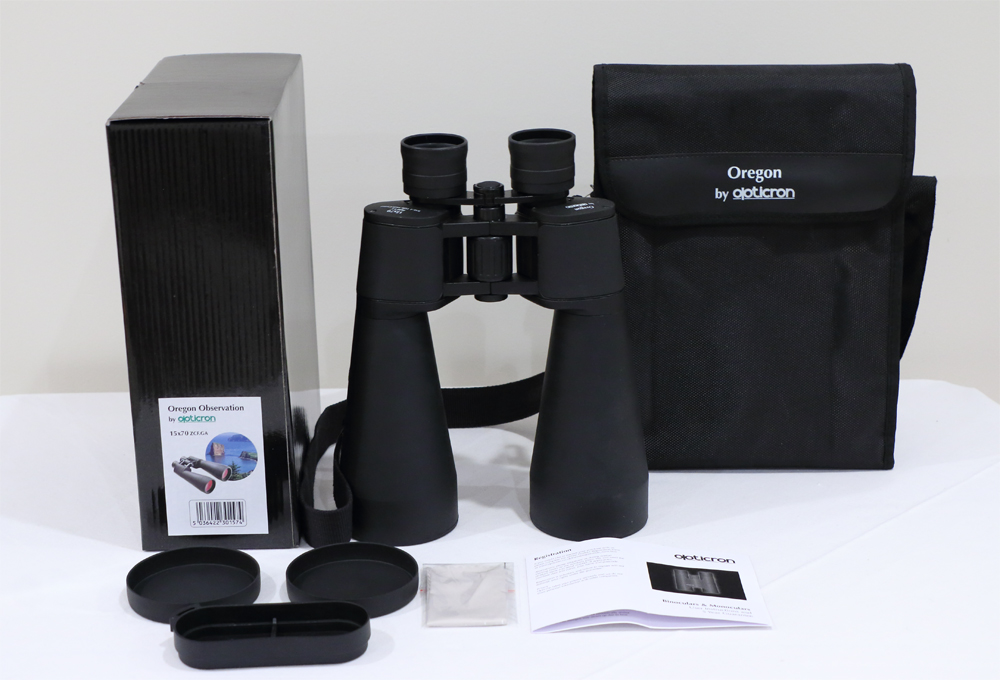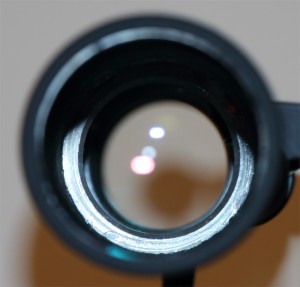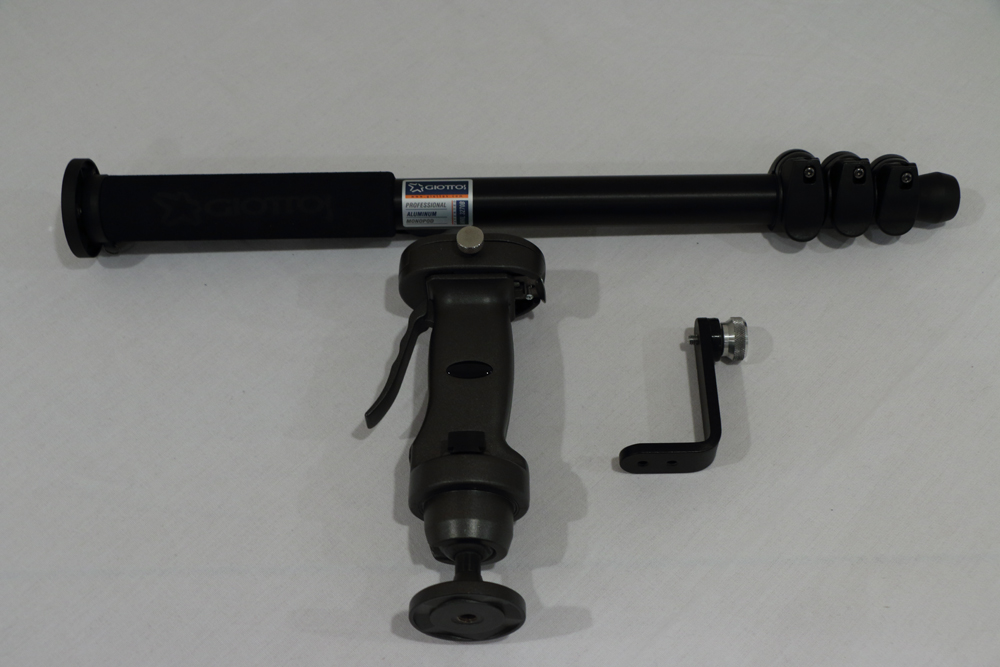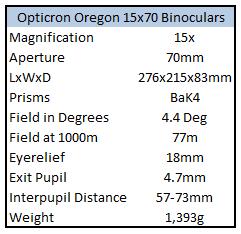“Start with binoculars.” That is the best recommendation that can be given to a budding astronomer just beginning to explore this hobby. It was the advice dispensed by the late great Sir Patrick Moore throughout his life and the same guidance still holds true today. However, it is more often than not, the last thing that same budding astronomer wants to hear. Confronted with glossy adverts of telescopes of all shapes and sizes in astronomy magazines and the ready availability of telescopes thanks to the development of online retail, it is can be a very hard sell to convince someone that binoculars can be the best aid when first learning the night sky. My first experience of using optical aid to view the night sky came 25 years ago with my father’s 10x50s. Not only is it quite surprising how much of the heavens a pair of binoculars will reveal to you, but as one’s interest and experience grows, they can still remain an integral part of an astronomer’s observing equipment even when large and more capable telescopes are owned. The grab and go nature cannot be rivalled by any scope, no matter how small, as they can be handheld, and sometimes when just a quick look is all that is wanted, binoculars can fit the bill perfectly.
I had my only views of Comet ISON pre-perihelion, in the early hours of the morning using that same pair of 10×50 binoculars that I had started with a quarter of century ago on a visit to my parents. That experience left me feeling that perhaps I should look to acquire a pair of binoculars and I began researching different models in a variety of price brackets. Being somewhat of an “opticalphile” my attention was being drawn more towards the high-end binoculars that are offered by the “alpha” manufacturers like Swarovski and Zeiss, but before I could make a decision, a new pair of Opticron Oregon 15x70s came into my possession thanks to my randomly assembled pub quiz team winning the top prize in an astronomy-themed competition.

Included in the sturdy cardboard box: the Opticron Oregon 15x70s, soft transport pouch, lens caps, cleaning cloth and instruction & warranty card.
The Opticron Oregon 15×70 binocular is actually manufactured by United Optics of China and is part of the BA1 series. A variety of different companies such as Celestron and Revelation Astro offer this model, rebranded with their own specifications of fit and finish, each set for a specific price point.
First impressions
Removing the binoculars for the first time from sturdy cardboard box revealed the soft black nylon carrying case which has an attached shoulder strap. While the case keeps the dust away and provides a convenient way to carry the binoculars, it will do little to provide protection against any knocks. The very first impression of the binoculars was a positive one. I quite like the look of the rubber armour finish which provides a nice grip even when wearing gloves. However, that favourable first impression was somewhat diminished when I removed the objective rubber lens caps.
Inspecting the objectives, I found a sticky residue on the right front lens approximately 2cm long by 1cm wide. This kind of issue should never present itself to a consumer but unfortunately quality control at the low-cost-end of the product spectrum is virtually non-existent. It is sadly cheaper for the manufacturers to use their customer base for quality control. Fortunately in this particular case, the problem was easily remedied with some Baader Optical Wonder Fluid.
The lens coatings are smoothly applied with no visible streaks and have a predominately deep magenta colour with a more subtle blue/green tint when viewed at an acute angle. However, they are touch brighter than I would like and certainly reflect more light than the superb coatings found on my triplet apochromatic refractors. It should be noted that my telescopes cost many thousands of pounds compared to less than £100 for these binoculars. The same comments apply to the coatings on the eyepieces.
Taking the time to inspect each reflection of a bright light over my shoulder indicates that not every air-to-glass surface is coated. While the front lens reflection shows the same magenta hue already mentioned and the rear surface a light blue tone, the deepest reflection from the porro-prism was almost pure white matching the LED light source. This is not surprising as many entry level binoculars fail to coat the prisms used though it could be viewed as misleading to claim that the binocular is fully multi-coated. I have taken the 15x70s to a number of Baker Street Irregular Astronomy star parties held monthly in Regents Park in London which afforded me the opportunity to make a direct comparison to a competing offering of the same BA1 model from another company. Evaluating the coatings of both binoculars revealed those of the Oregon’s were vastly superior, being substantially darker with the reflections far more muted than those from the competitor, certainly adding some support to the claim that the finish of the Oregon binoculars is of a higher standard.
The inside of the lens barrels are knurled and flat black which helps to reduce contrast robbing internal reflections. Unfortunately the same care and attention was not serviced where the barrel joins the body; the surface is bright and metallic, though beyond that, the internals of the body are painted flat black as well. Overall, though it is decent attempt to control stray light and internal reflections.

Unlike the lens barrels and body which are painted flat black, the point of connection is un-coated metal which could reduce contrast from internal reflections.
The lens caps are hit and miss for me. I like the objective lens caps which are formed from rubber. They are snug fitting though not so tight that they are difficult to remove. The eye-lens cover however is a very different story. It is formed from one piece of rubber to cover both eyepieces and it slips off far too easily, especially if the binoculars have been adjusted for the observer’s inter-pupil distance. Almost as an acknowledgement of this issue, there is moulded loop so the shoulder strap can be feed through it, preventing the rear cap being lost in the field.
The binoculars employ a standard centre focus mechanism where both eyepieces are connected to a threaded rod in the central hinge. The movement is smooth along the entire length of travel though I have noted that when observing at high elevations, if the binocular is allowed to rest against my face, the entire weight of the Oregon’s can cause a slight defocusing by placing excess pressure on the bridge. As both eyepieces focus simultaneously, the right eyepiece employs a dioptre adjustment so the eyepieces can be focused independently to compensate for differences in the observer’s eyes. Just as with the central focuser, the movement is smooth with no binding or loose spots.
For spectacle wearing observers, the eyepieces have fold-down rubber eye caps, though I found it very hard to do so as they are quite thick. The eye-relief is stated as 18mm and tests with a pair of glasses allowed the full field to still be seen though it was very near the limit as the eye lens are slightly recessed within each eyepiece body. You should keep in mind that if you only suffer from long or short sightedness, the independent focus of each eyepiece can bring an image to focus, but it cannot correct for astigmatism.
Actual Characteristics – Are they really 15×70?
The fact that any company is capable of offering of a pair of 15×70 binoculars for under £100 is a remarkable achievement. Effectively 2 telescopes bolted together with two eyepieces, these binoculars are by comparison to most astronomical equipment, incredibly low cost. The question is have there been any corners cut to save on manufacturing expense? High quality porro-prisms are expensive and a common cost saving measure is to use undersized prisms in the binocular, as well as stopping down the aperture which can reduce off-axis aberrations and levels of chromatic aberration. Is that the case with these 15x70s?

Top: Not quite the optical benches used during my physics degree, but served its purpose. Bottom: The emerging aperture was measured as 62mm. Note the slight cut-off at the 2 o’clock position indicating undersized prisms.
To test the effective aperture, a source of parallel light is required, which can be obtained using a laser (as always with lasers, be very careful to avoid creating stray reflections and keep everyone away from the test). However, the tightly collimated beam of the laser is smaller than the quoted 4.4mm exit pupil of the binoculars. Using a finderscope which has been focused to infinity allows the expansion of the laser beam while maintaining the parallel nature of the light. As can be seen in the accompanying photograph, by shinning the expanded laser through the binoculars (also focused to infinity using a star in the night sky) we can measure the dimensions of the emerging laser light from the objective. In this case, the undersized porro-prisms reveal themselves at the 2 o’clock position and the effective aperture is approximately 62mm. As such these binoculars behave as 15x62s. This is by no means surprising and is often found in entry level binoculars. For context, my Takahashi FS-60CB, a 60mm Fluorite doublet apochromatic telescope with 1.25” mirror diagonal and a 24mm Tele Vue Panoptic provides the same 15x magnification and 4.4o field as the quoted specs of these binoculars but costs approximately £1,000. With these binoculars, we essentially have two 15x, 4.4o field telescopes. So it is inevitable that some sacrifices will have been made.
Daylight use and Testing
Performing both vertical and horizontal displacement tests indicated that the binoculars barrels are well collimated which is particularly important as poor collimation can lead to headaches and eye strain. Colour rendition appeared very natural with limited chromatic aberration seen on axis on a high contrast target and the central third to half of the field was quite sharp and focused within small range though not quite the snap to focus seen in high quality refractors. Daytime tests also revealed a modest amount of pincushion distortion. Pincushion distortion, also known as positive rectilinear distortion causes straight lines to bow inwards, has never been an aberration that bothers me, particular for night time observation as it is rare to encounter a straight line in astronomy. Some would argue it is actually beneficial in a pair of binoculars where rapid panning can cause feeling of nausea if it is absent thanks to a phenomenon known as the rolling ball effect.
Under the stars
Starting with some of our nearest celestial neighbours, which are also among the most challenging objects for refracting optics, the performance on the Moon and Venus on-axis was quite good with chromatic aberration being surprisingly well controlled given the short focal ratio of the objectives. However, even slightly off-axis and the Moon in particular became rather colourful with several faint ghost images intruding into the view. However, positioning bright stars just outside the field of view failed to generate any false images demonstrating the previously mentioned baffling and black paint is sufficient to keep internal reflections to a minimum. It is worth highlighting that 15x is too low a magnification for any serious study of the Moon or planets, being far more suitable for large, extended DSOs and star clouds of the Milky Way.
A bustling field of stars can often reveal optical shortcomings that are less apparent during daytime use. While the central portion of the field remained fairly sharp as per the daylight tests, the quality of the image drops off rapidly outside of this with quite a bit of coma (stars look like little comets) visible as well as astigmatism near the edge of the field. It should be noted that with a true field of a little more than four degrees, a sharp central two degree field is more than sufficient for all but the very largest DSOs.
Alberio, arguably the most famous colour contrasted double star, proved an easy split into its two components and the good colour rendition clearly revealed the yellow and blue stars that make this double so popular. A similar story played out on other stars that show obvious colour such as the doubles Iota Cancri and Struve 525 in Lyra as well as deep red carbon star BL Orionis.
Even under London’s light polluted skies, the Oregon’s will reveal a surprising number of DSOs such as the bright core of the Andromeda Galaxy, the wonderful Double Cluster in Perseus and the central region of the Orion Nebula. The sharp central 2 degree field is perfect for framing the Pleiades, revealing dozens upon of dozens of stars. However, take them to a dark sky site and they really come into their element. M33, the Triangulam Galaxy is one of my nemesis objects. I have failed to see this galaxy in an 11” telescope because the widest field of view achievable was incapable of providing enough peripheral sky to reveal the contrast difference between the delicate light of the galaxy and the background sky. Not only is this a great advantage of the 4 degree field of these binoculars, but I believe that observing many DSOs with plenty of surrounding sky can really help to provide context to what is being observed. During the early morning hours of late spring observing session I was able to detect the brighter regions of the North American nebula in Cygnus and the Dumbbell Nebula in Vulpecula was easy quarry. I also had a lot of fun sweeping through the star clouds and dark nebulae of the Milky Way. The performance on some challenging, large, low surface brightness DSOs certainly demonstrates the primary targets of instrument such as these binoculars.

To get the most out of the Oregon’s some kind of support is needed. I use the Giottos MML 3270B monopod, Konig Photo Joystick Head and Opticron 31005 L-Type bracket.
While the binoculars provide pleasing views of many deep sky objects at a magnification that works well for wide field sweeping of the night sky, that same magnification is perhaps the biggest hindrance to gaining the maximum performance from them. At a few grams below 1.4kg, the weight of the Oregon is not excessive and can be used for extended periods without fatigue, but the slightest vibration from the body’s own natural movement can hide the finest details. Any shakes from handholding are magnified by that same fifteen times. While there are techniques for holding binoculars that can stabilise them, they cannot match a good mount of some kind. An upturned broom can easily suffice, but I now use the Oregon’s with a monopod and joystick mount which allows for rapid and easy positioning. These two items were sourced on Amazon for less than £60 in total, but I do feel that it somewhat negates the greatest benefit of binoculars of being truly grab and go but it does allow them to perform at their best.
Conclusion
At times this review may well have sounded rather critical but the reality is I quite like the Oregon 15×70 binoculars. Yes, the optical quality is not high-end and the fit and finish is decent without being exceptional, but then at less than £100 they were never going to be. For the price, I think they do a remarkable job, offering satisfying views of many deep sky objects. I am still amazed that this product can be offered so cheaply.
Experienced amateur astronomers looking for a budget priced observation binocular to supplement other equipment and cost conscious beginners wanting to follow the advice of Sir Patrick and begin their journey of exploring the night sky with binoculars, should certainly consider the Opticron Oregon 15x70s. Just be mindful that to get the most out of them, some kind of stabilisation such as monopod or a wall to rest your elbows on is needed and they should be used primarily on lower surface brightness deep sky objects where they perform best rather than on our nearer, bright solar system neighbours.
The RRP of the Opticron Oregon 15x70s is £99 but be sure to shop around as a cursory search online has shown they can be found for less. As my experience with the minor issue of some sticky residue demonstrates, if you able, check over the binoculars before you buy or certainly as soon as you receive them to make sure everything is in order.







